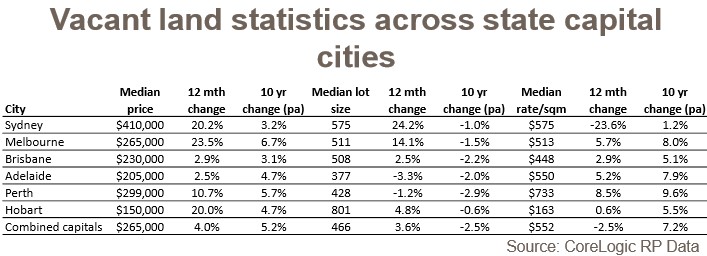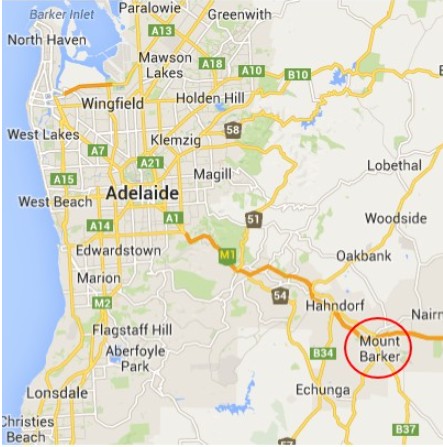The South Australian Government has flagged that the July state budget will extend the $15,500 stamp duty concession on newly constructed apartments to 30 June 2017 and expand its scope beyond Adelaide to the rest of the state. From ABC News:
Treasurer Tom Koutsantonis said it was another step in the Government’s plan to increase urban density.
“It creates more jobs and more prosperity and more wealth and gives people affordable housing in very limited and scarce land releases that are close to existing infrastructure like schools, buses and existing transport routes,” he said.
Mr Koutsantonis said the State Government would continue to offer a $15,000 first home owner’s grant for new homes, meaning some people would be eligible for $30,500 in government incentives.
“That’s a good deal at a time when interest rates are at record lows,” he said.
“I’m not asking South Australians to make decisions they can’t afford. I’m just saying to them there’s never been a better time to go out and buy a house.”
Note to Tom Koutsantonis: your affordability plan will fail as long as your government continues to choke urban land supply.
Back in April, your Government passed laws further tightening South Australia’s various urban growth boundaries across Adelaide and regional towns, thus severely limiting fringe land supply.
This represented the latest salvo in the South Australian Government’s war against on urban “sprawl”, which began in 2002 when the Government first implemented a formal urban growth boundary. It has also set a target for 70% of new housing to be provided within the pre-existing urban area, as well as operating a cumbersome development approvals system, whereby Productivity Commission estimates that it takes between 2 to 13 years to complete the land supply process.
Indeed, the South Australian planning minister has previously articulated the Government’s opposition to sprawl with the following quote:
“Whatever the policy of individual industry groups may be regarding the urban growth boundary, the government position is clear. We do not speak for industry. Urban sprawl cannot continue… Subdivision of green fields sites will occur only when required to maintain an adequate stock of rezoned land and only when structure plans and infrastructure requirements have been addressed. A priority is quality urban regeneration.”
The end result of these policies is that average Adelaide vacant lots are the smallest in the nation and the third most expensive on a rate per square metre basis, having risen on average by 7.9% per annum in the decade to 2015 (see below table). This cost escalation comes despite Adelaide being an economic ‘rustbelt’ and experiencing relatively moderate population growth.

Moreover, the attempted urban containment has encouraged far flung “leapfrog development” into places like Mount Barker, which have become “commuter towns”, thus arguably accentuating sprawl (see below map).

Urban regeneration is a worthwhile goal. However, it should not be achieved by limiting housing choice and effectively forcing people into apartments (or far flung developments) by artificially restricting land supply and forcing up its cost.

